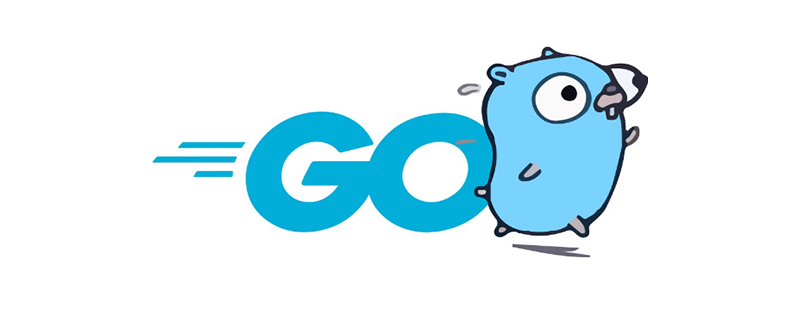Home > Article > Backend Development > How to use golang's zap

#zap is a high-performance log library. Here is a brief introduction to the use of zap.
1. Download zap bag (Recommended Learning: Go )
## Because ZAP is open source of Uber, ZAP The package used is at go.uber.org/zap. If you directly go to get this package, you may be prompted that it cannot be obtained.
You can go get github.com/uber-go/zap, and then copy the zap directory to src/go.uber.org (you may also need go.uber.org/atomic and go.uber.org/multierr, you can refer to this method to get it)2.zap simple encapsulation example.
package logger
import (
"go.uber.org/zap"
"go.uber.org/zap/zapcore"
"gopkg.in/natefinch/lumberjack.v2"
)
// error logger
var errorLogger *zap.SugaredLogger
var levelMap = map[string]zapcore.Level{
"debug": zapcore.DebugLevel,
"info": zapcore.InfoLevel,
"warn": zapcore.WarnLevel,
"error": zapcore.ErrorLevel,
"dpanic": zapcore.DPanicLevel,
"panic": zapcore.PanicLevel,
"fatal": zapcore.FatalLevel,
}
func getLoggerLevel(lvl string) zapcore.Level {
if level, ok := levelMap[lvl]; ok {
return level
}
return zapcore.InfoLevel
}
func init() {
fileName := "zap.log"
level := getLoggerLevel("debug")
syncWriter := zapcore.AddSync(&lumberjack.Logger{
Filename: fileName,
MaxSize: 1 << 30, //1G
LocalTime: true,
Compress: true,
})
encoder := zap.NewProductionEncoderConfig()
encoder.EncodeTime = zapcore.ISO8601TimeEncoder
core := zapcore.NewCore(zapcore.NewJSONEncoder(encoder), syncWriter, zap.NewAtomicLevelAt(level))
logger := zap.New(core, zap.AddCaller(), zap.AddCallerSkip(1))
errorLogger = logger.Sugar()
}
func Debug(args ...interface{}) {
errorLogger.Debug(args...)
}
func Debugf(template string, args ...interface{}) {
errorLogger.Debugf(template, args...)
}
func Info(args ...interface{}) {
errorLogger.Info(args...)
}
func Infof(template string, args ...interface{}) {
errorLogger.Infof(template, args...)
}
func Warn(args ...interface{}) {
errorLogger.Warn(args...)
}
func Warnf(template string, args ...interface{}) {
errorLogger.Warnf(template, args...)
}
func Error(args ...interface{}) {
errorLogger.Error(args...)
}
func Errorf(template string, args ...interface{}) {
errorLogger.Errorf(template, args...)
}
func DPanic(args ...interface{}) {
errorLogger.DPanic(args...)
}
func DPanicf(template string, args ...interface{}) {
errorLogger.DPanicf(template, args...)
}
func Panic(args ...interface{}) {
errorLogger.Panic(args...)
}
func Panicf(template string, args ...interface{}) {
errorLogger.Panicf(template, args...)
}
func Fatal(args ...interface{}) {
errorLogger.Fatal(args...)
}
func Fatalf(template string, args ...interface{}) {
errorLogger.Fatalf(template, args...)
}
Usage example after simple encapsulation:
package main
import (
"logger"
)
func main() {
logger.Infof("simple zap logger example")
}The above is the detailed content of How to use golang's zap. For more information, please follow other related articles on the PHP Chinese website!